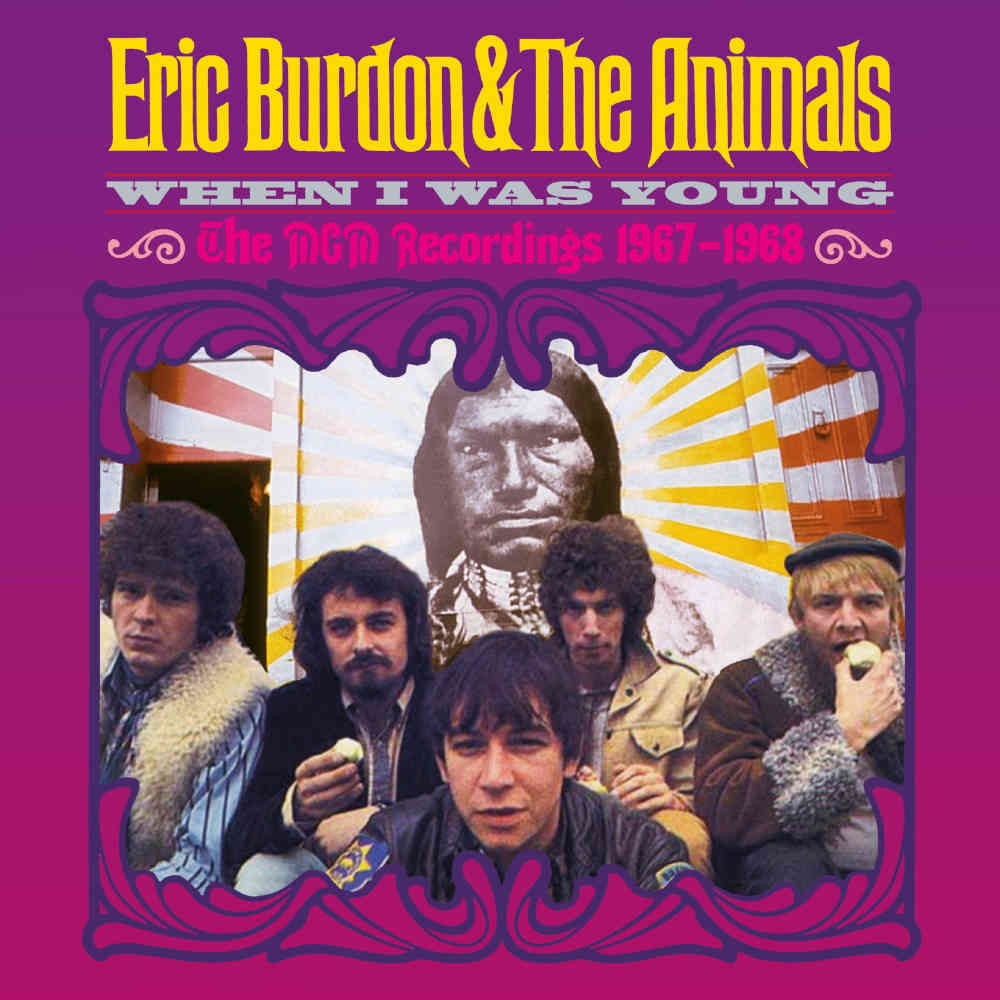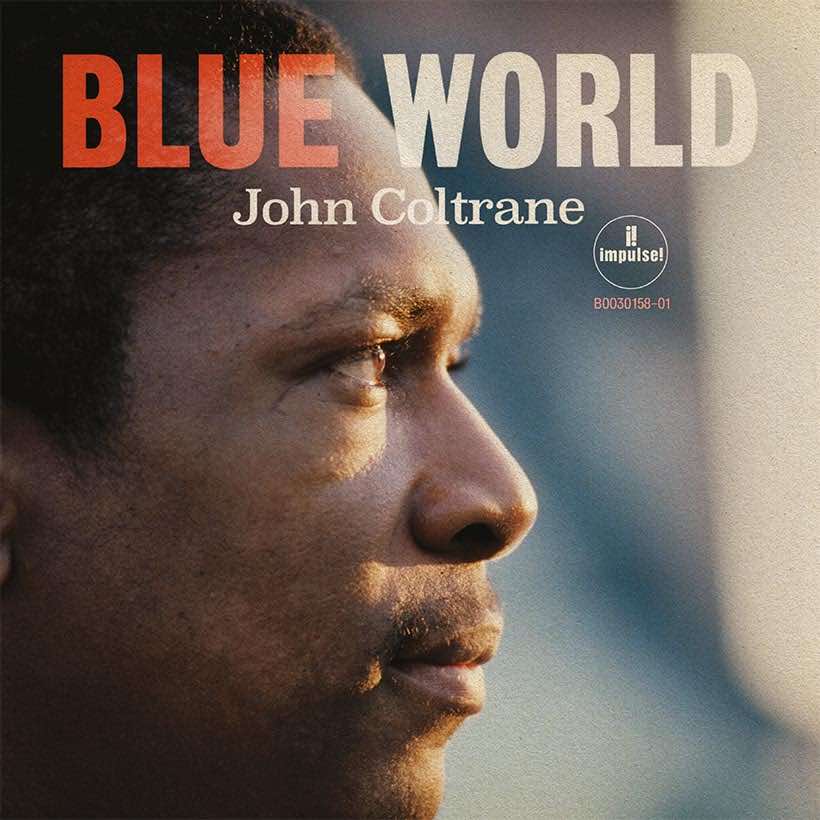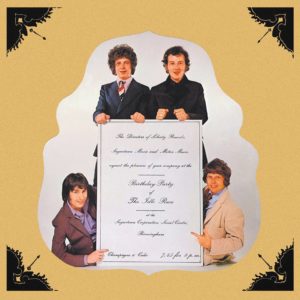 Long before joining Roy Wood and Bev Bevan in The Move, a young hopeful named Jeff Lynne became a member of a Midlands beat group named The Nightriders. Soon after Lynne’s arrival, The Nightriders mutated into The Idle Race, a move reflecting a gradual shift from 60s beat group sounds to the burgeoning psychedelic scene. Despite releasing two albums and a handful of singles, The Idle Race failed to make much of a commercial impact in the 60s, but due to Jeff’s later megastar status as the leader of Electric Light Orchestra and part time Wilbury, their work has built a cult following.
Long before joining Roy Wood and Bev Bevan in The Move, a young hopeful named Jeff Lynne became a member of a Midlands beat group named The Nightriders. Soon after Lynne’s arrival, The Nightriders mutated into The Idle Race, a move reflecting a gradual shift from 60s beat group sounds to the burgeoning psychedelic scene. Despite releasing two albums and a handful of singles, The Idle Race failed to make much of a commercial impact in the 60s, but due to Jeff’s later megastar status as the leader of Electric Light Orchestra and part time Wilbury, their work has built a cult following.
Tag Archives: 60s
VARIOUS ARTISTS – A Slight Disturbance In My Mind: The British Proto-Psychedelic Sounds Of 1966
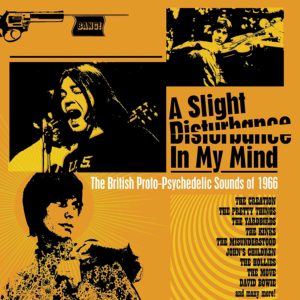 1966 was very much a turning point for pop music. Many acts that were considered beat groups had started to branch out and to think beyond live performance. With orchestral tracks like ‘Eleanor Rigby’ and ‘For No One’ Paul McCartney pushed forth the idea of baroque pop. John Lennon, meanwhile, was experimenting with tape loops and early forms of electronica. His ‘Tomorrow Never Knows’, closing The Beatles’ 1966 masterpiece ‘Revolver’, is often considered to be at least partially responsible for the birth of true psychedelia. While it’s obvious Lennon’s sound collage took a massive leap towards the mind expanding sounds of ’67, many other bands were sowing the seeds for change a little earlier. As early as 1965, The Kinks pushed boundaries with their single ‘See My Friends’ – a mix of jangling sixties pop and raga music – while even the Dave Clarke Five had occasionally sounded a bit…out there for the era with an increased use of reverb. While the roots of psychedelia could be argued over almost indefinitely, The Yardbirds’ ‘Shapes of Things’ – a fuzzy mish-mash of beat-pop and soft druggy haze – pre-dates the release of ‘Revolver’ by several months and is very much in the mould that would come to be known as freakbeat. An important branch of the psychedelia family tree, freakbeat took the bones of the sixties sound, loaded it with fuzz and wasn’t shy in exploiting the left/right split for stereo head trips. In 1966, this was very much at the forefront of emerging alternative sounds.
1966 was very much a turning point for pop music. Many acts that were considered beat groups had started to branch out and to think beyond live performance. With orchestral tracks like ‘Eleanor Rigby’ and ‘For No One’ Paul McCartney pushed forth the idea of baroque pop. John Lennon, meanwhile, was experimenting with tape loops and early forms of electronica. His ‘Tomorrow Never Knows’, closing The Beatles’ 1966 masterpiece ‘Revolver’, is often considered to be at least partially responsible for the birth of true psychedelia. While it’s obvious Lennon’s sound collage took a massive leap towards the mind expanding sounds of ’67, many other bands were sowing the seeds for change a little earlier. As early as 1965, The Kinks pushed boundaries with their single ‘See My Friends’ – a mix of jangling sixties pop and raga music – while even the Dave Clarke Five had occasionally sounded a bit…out there for the era with an increased use of reverb. While the roots of psychedelia could be argued over almost indefinitely, The Yardbirds’ ‘Shapes of Things’ – a fuzzy mish-mash of beat-pop and soft druggy haze – pre-dates the release of ‘Revolver’ by several months and is very much in the mould that would come to be known as freakbeat. An important branch of the psychedelia family tree, freakbeat took the bones of the sixties sound, loaded it with fuzz and wasn’t shy in exploiting the left/right split for stereo head trips. In 1966, this was very much at the forefront of emerging alternative sounds.
New Eric Burdon & The Animals box set coming from Esoteric in February
When most people think of Eric Burdon, they think of The Animals. More specifically, they think of The Animals’ hit-making period between 1964-66. They might even think about Eric’s recordings with War, a brief association that spawned cult albums in 1970.
Between these two high profile periods, Burdon continued to record. Much like Fleetwood Mac’s “wilderness period” that caused a drought of UK success between 1971 and 1975, Burdon’s output in 1967 and 1968 is often overlooked, yet in a little over a year, he released a string of non-charting albums credited to Eric Burdon & The Animals.
THE DOORS – London Fog 1966
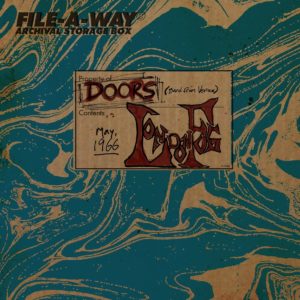 For many years, The Doors seemed poorly served in terms of live material. Even after their music had turned on a new generation of fans in the early 90s, it seemed the only way to experience a Doors live show was via the double ‘In Concert’ CD – itself a repackaging
For many years, The Doors seemed poorly served in terms of live material. Even after their music had turned on a new generation of fans in the early 90s, it seemed the only way to experience a Doors live show was via the double ‘In Concert’ CD – itself a repackaging
of the out of print ‘Absolutely Live’ coupled with a couple selections from ‘Live At The Hollywood Bowl’. In terms of audio releases, there was no way to actually experience a complete show. It wasn’t really until the arrival the “Super Deluxe Edition” and box sets becoming far more commonplace that the band finally got their due with regards to live releases. From 2000 onwards, the Bright Midnight label set about raiding the archives and finally unleashed complete shows. Despite being of varying lengths and qualities (The Doors were never the most consistent of live acts), each release represented a fan’s dream, but he six disc ‘Live In New York’ – featuring every note played at four shows at The Felt Forum in January 1970 – went above and beyond what anyone expected.

